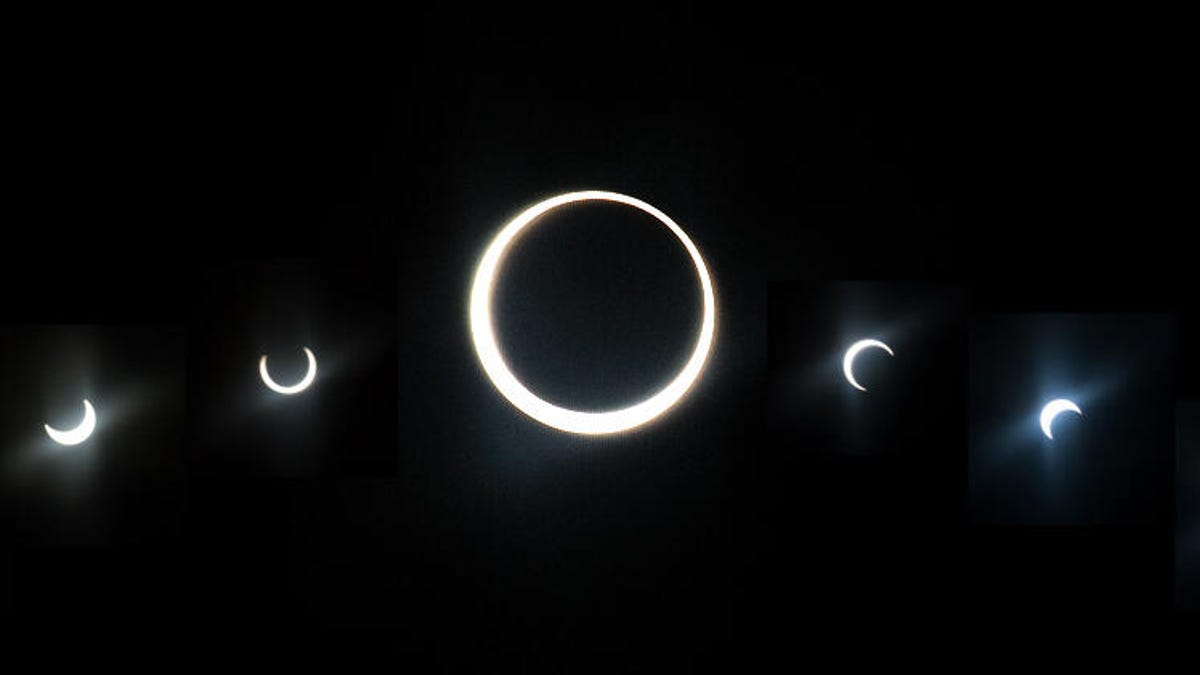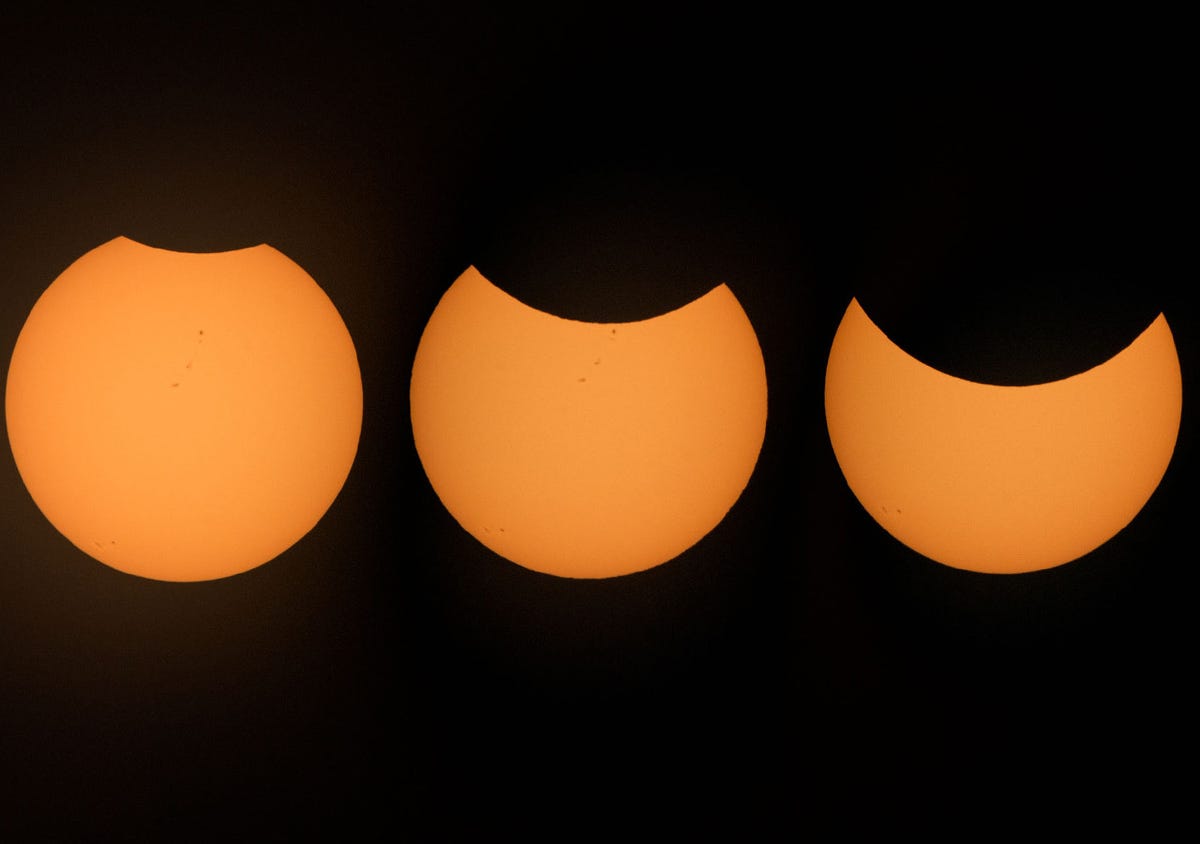How to watch the ‘Ring of Fire’ solar eclipse on October 2


Johnny Cash sang about love in his timeless hit Ring of Fire, but it’s a fitting soundtrack song for one of October’s premier sky-viewing events: a ‘ring of fire’ solar eclipse. The early October event will feature a glowing ring of light as the moon blocks the sun and casts a shadowy path across part of the globe.
When is the Ring of Fire Eclipse?
The solar eclipse will take place on Wednesday, October 2. Timing for viewing windows varies depending on location. The solar eclipse will follow a curved line beginning in the Pacific Ocean at 8:42 a.m. PT on Wednesday. The eclipse completes its journey over the Atlantic Ocean at 2:47 PM PT.
Check in with Timesdate.com — an online resource about time, time zones, and astronomical events — for start and end times. Find your location with the 3D path globe to see if the solar eclipse will be visible to you.
What is an annular solar eclipse?

People who are not in the main path of the annular eclipse may be able to see a partial eclipse, which looks like a chunk has been taken out of the sun.
You’re probably familiar with a total solar eclipse, in which the moon passes between Earth and the sun and obscures the sun, plunging areas along the eclipse path into darkness. The October 2 solar eclipse is an annular solar eclipse, not a total solar eclipse. An annular solar eclipse occurs when the moon is at the farthest point of its orbit around the Earth. The moon appears “smaller” than the sun and does not completely block light. That’s when you get an eclipse that creates a bright ring. The sun is never completely hidden.
The ring of fire is the culmination of an annular solar eclipse, but the entire process is beautiful as the moon moves in and out. It is important to wear eclipse glasses while viewing the event. “Because the sun is never completely covered, observers should wear proper eye protection at all times during this eclipse,” NASA warned in an eclipse explanation. This is how you know if your solar eclipse glasses are safe.
Who can see the solar eclipse?
NASA’s eclipse path map shows the trail of the October 2 annular solar eclipse.
Anyone with internet access can livestream the solar eclipse, but only a select part of the world will have the chance to see it in person. Every solar eclipse follows a path and you must be within range to witness the event. The full annular solar eclipse with the ring-of-fire effect will be visible in parts of Argentina and Chile.
A long list of locations – including parts of Brazil, Fiji, Hawaii, Mexico, New Zealand and American Samoa – could potentially see a partial solar eclipse. Viewers in these areas may see a dark bite out of the sun, as if Cookie Monster took a bite out of a cookie. Even if you are in an excellent viewing area, hope for clear skies. Clouds can hinder the experience.
Livestream the solar eclipse
The eclipse will spend most of its time tracking the ocean waters, so a livestream may be your best bet to get in on the action. Timeanddate.com has scheduled a livestream for the solar eclipse starting at 10:15 a.m. PT on Wednesday. There’s no substitute for seeing a solar eclipse in person, but a video stream is the next best thing. Create your Johnny Cash playlist and enjoy the view.




